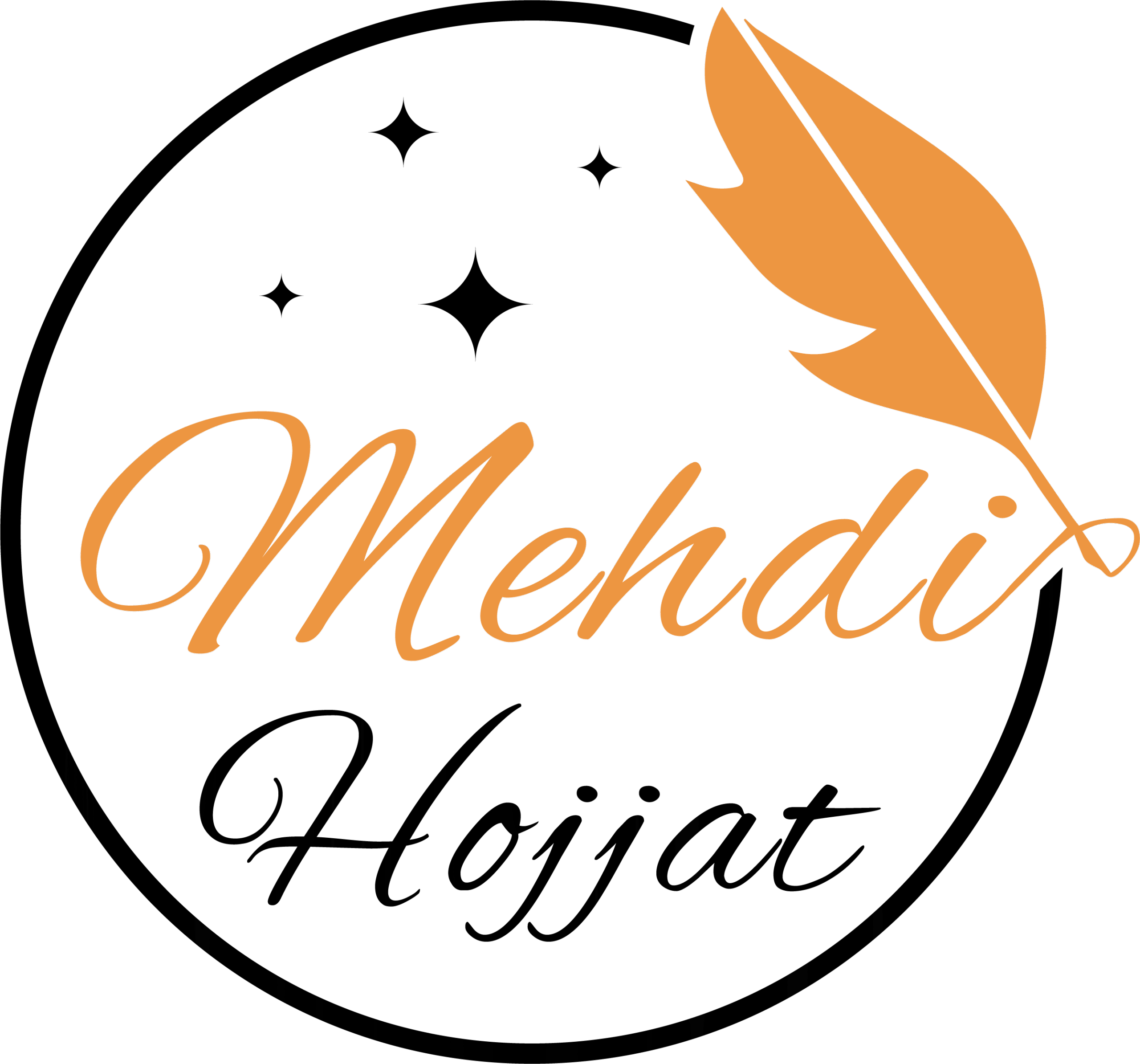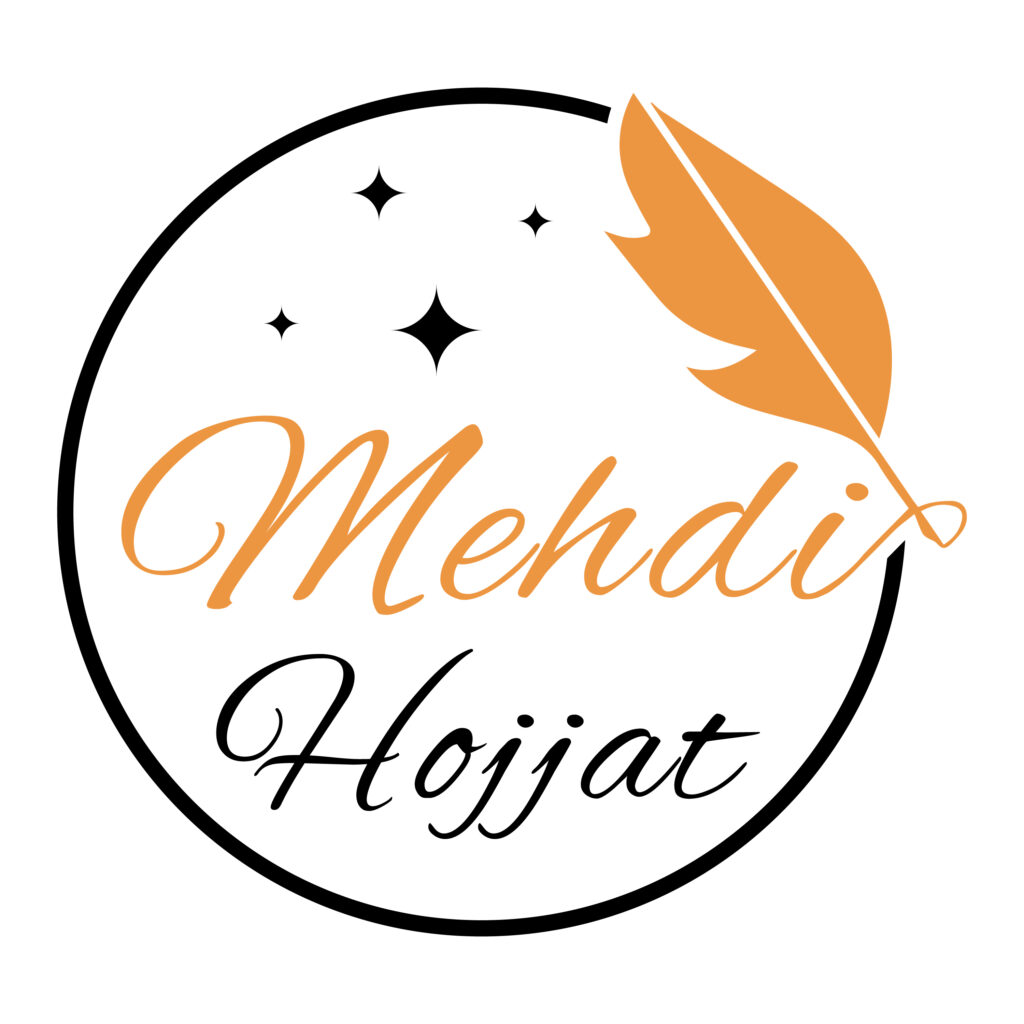Ancient Roots: Love as a Cultural Compass
The Middle East is home to some of the oldest civilizations in the world, and with them came some of the most enduring love legends. Middle Eastern Romantic Tales often trace their origins to pre-Islamic poetry and folklore, where love was both a personal and spiritual quest.
The tale of Layla and Majnun, a 7th-century Arabic tale later popularized in Persian literature, usually called the “Romeo and Juliet of the East,” epitomizes this duality. Qays’ obsessive love for Layla defied tribal norms, transforming him into “Majnun” (the madman), a symbol of love’s power to transcend reason.
Then there’s Shahrazad from One Thousand and One Nights, who spins story after story to captivate a king and save her life. While not all the tales are about love, many—including “Aladdin” and “Ali Baba”—feature deep romantic elements. These tales remind us that storytelling itself is an act of love, a bridge between hearts and minds.
Similarly, Persian poets like Rumi and Hafez framed love as a divine force, blurring the lines between earthly desire and spiritual yearning. These stories laid the groundwork for a cultural ethos where love is both celebrated and feared.
Middle Eastern Romantic Tales often speak of unattainable love—an aching, mystical connection that transcends the physical world. In these stories, love is not just an emotion. It is a force that refines the soul. Lovers are seen as mirrors to one another’s spirits, sometimes even as instruments of fate.
Contemporary Stories with Modern Heartbeats
Readers are drawn to these stories not just for their romance but for their honesty. They reflect real questions: Can love survive distance, religion, or political borders? What happens when your heart doesn’t align with your culture?
Women’s perspectives increasingly shape Middle Eastern Romantic Tales, challenging stereotypes of passivity. Writers like Nawal El Saadawi and Marjane Satrapi have redefined love as a tool of empowerment. In Cy’s later years, his connection with Laila—a woman trapped in an abusive marriage—reflects this shift. Laila’s quiet courage to seek solace in Cy’s mentorship (even virtually) mirrors real-life stories of women using love—for themselves, their children, or new partners—to escape oppression. These narratives reframe love not as a weakness but as a revolutionary act.
Love in the Shadow of Conflict
The Middle East’s tumultuous history—marked by wars, political upheaval, and cultural shifts—has shaped love stories into narratives of resilience. In Cy’s university years, his brushes with Iran’s secret police and fleeting romances mirrored the region’s broader tension between individual freedom and authoritarian control. Modern Middle Eastern Romantic Tales in literature or film often portray lovers navigating borders, ideologies, and generational divides. Consider the Palestinian novel Men in the Sun, where love and loss are framed by displacement, or the Iranian film A Separation, where a crumbling marriage reflects societal fractures, or Baran explores subtle, powerful love in restrained social settings. These tales, like Cy’s adventures, show how love persists even when the world seems determined to extinguish it.
The Price of Forbidden Love
In many Middle Eastern Romantic Tales, societal norms act as both shields and shackles. Shery’s conflict in Love Has A Logic—torn between her affection for Cy and her desire for wealth—mirrors the region’s age-old tension between tradition and ambition. These narratives don’t just romanticize rebellion; they ask painful questions: What are we willing to sacrifice for love? And who pays the price?
The Power of Love in Every Language
Their ability to hold contradiction makes Middle Eastern Romantic Tales so compelling. They are tender and fierce, poetic and political, sacred and scandalous. They carry the weight of history, the pulse of revolution, and the gentle touch of a lover’s promise.
Middle Eastern Romantic Tales, ancient or modern, share a common thread: they refuse to reduce love to mere sentiment. Instead, they frame it as a force that shapes identities, challenges injustices, and transcends borders.
As the celebrations on Cy’s Pennsylvania farm suggest, Middle Eastern Romantic Tales don’t demand tidy endings. They ask us to honor the journey—the heartaches, the risks, the quiet triumphs. Love endures in the bustling bazaars of Samarkand or the quiet fields of rural Iran, defiant and hopeful. And in that defiance lies its most significant power: the power to transform not just individuals but entire worlds.
In the end, love may be universal, but the way it is told reveals the soul of a people. And that soul burns with passion, poetry, and profound truth in the Middle East. From the deserts of Arabia to the diaspora’s scattered hearts, Middle Eastern Romantic Tales continue to inspire. They teach us that love, in all its chaos and clarity, is the logic that makes life’s journey worthwhile.




